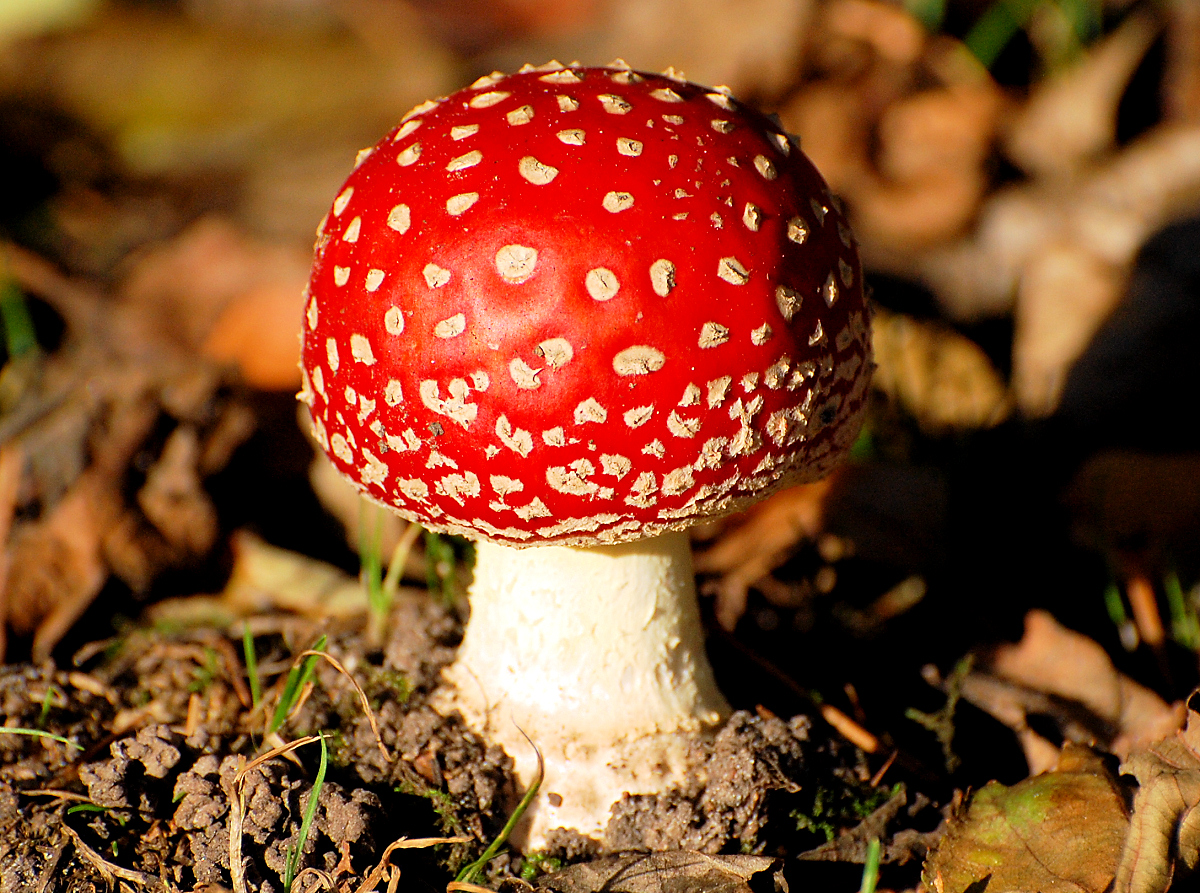Renowned Writer Tripped on Magic Mushrooms

 Renowned Writer Tripped on Magic Mushrooms…Paul Stamets, a mycologist I had come to visit in Washington State’s Olympic Peninsula to go mushroom hunting, had a gift he wanted to give me.
Renowned Writer Tripped on Magic Mushrooms…Paul Stamets, a mycologist I had come to visit in Washington State’s Olympic Peninsula to go mushroom hunting, had a gift he wanted to give me.
Originally entitled What It’s Like to Trip on the Most Potent Magic Mushroom
This post is adapted from Pollan’s new book How to Change Your Mind, the New Science of Psychedelics…we were in his office, looking at some images on his computer, when he pulled off the shelf a small pile of amadou hats, made of felt pressed from mushroom fibers. “See if one of these fits you.” Most of the mushroom hats were too big for me, but I found one that sat comfortably on my head and thanked him for the gift. The hat was surprisingly soft and almost weightless, but I felt a little silly with a mushroom on my head, so I carefully packed it in my luggage.
Early Sunday morning we drove west toward the Pacific Coast and then south to the Columbia River, where it flows into the Pacific, stopping for lunch and camping provisions in the resort town of Long Beach. This being the first week of December, the town was pretty well buttoned up and sleepy. Stamets requested that I not publish the exact location where we went hunting for Psilocybe azurescens, a variety of “magic mushroom” first identified and named by Stamets, and the most potent ever found. But what I can say is that there are three public parks bordering the wide-open mouth of the Columbia—Fort Stevens, Cape Disappointment, and the Lewis and Clark National Historical Park—and we stayed at one of them. Stamets, who has been coming here to hunt “azzies” for years, was mildly paranoid about being recognized by a ranger, so he stayed in the car while I checked in at the office and picked up a map giving directions to our yurt.
“I felt as though I were communing directly with a plant for the first time.”
As soon as we unloaded and stowed our gear, we laced up our boots and headed out to look for mushrooms. Which really just meant walking around with eyes cast downward, tracing desultory patterns through the scrub along the sand dunes and in the grassy areas adjoining the yurts. We adopted the posture of the psilocybin stoop, except that we raised our heads every time we heard a car coming. Foraging mushrooms is prohibited in most state parks, and being in possession of psilocybin mushrooms is both a state and a federal crime.
Many animals are known to eat psilocybin mushrooms, including horses, cattle, and dogs. Some, like cows, appear unaffected, but many animals appear to enjoy an occasional change in consciousness, too. Beug is in charge of gathering mushroom-poisoning reports for the North American Mycological Association and over the years has seen accounts of horses tripping in their paddocks and dogs that “zero in on psilocybes and appear to be hallucinating.” Several primate species (aside from our own) are also known to enjoy psychedelic mushrooms. Presumably animals with a taste for altered states of consciousness have helped spread psilocybin far and wide.
Such a notion would not strike Paul Stamets as the least bit far-fetched. As we stood around the fire pit, the warm light flickering across our faces while our dinner sizzled in its pan, Stamets talked about what mushrooms have taught him about nature. He was expansive, eloquent, grandiose, and, at times, in acute danger of slipping the surly bonds of plausibility. We had had a few beers, and while we hadn’t touched our tiny stash of azzies, we had smoked a little pot. Stamets dilated on the idea of psilocybin as a chemical messenger sent from Earth, and how we had been elected, by virtue of the gift of consciousness and language, to hear its call and act before it’s too late.
“Plants and mushrooms have intelligence, and they want us to take care of the environment, and so they communicate that to us in a way we can understand.” Why us? “We humans are the most populous bipedal organisms walking around, so some plants and fungi are especially interested in enlisting our support. I think they have a consciousness and are constantly trying to direct our evolution by speaking out to us biochemically. We just need to be better listeners.” These were riffs I’d heard Stamets deliver in countless talks and interviews.
“I think psilocybes have given me new insights that may allow me to help steer and speed fungal evolution so that we can find solutions to our problems.” Especially in a time of ecological crisis, he suggests, we can’t afford to wait for evolution, unfolding at its normal pace, to put forth these solutions in time.
What strikes me about both Stamets and many of the so-called Romantic scientists (like Humboldt and Goethe, Joseph Banks, Erasmus Darwin, and, I would include, Thoreau) is how very much more alive nature seems in their hands than it would soon become in the cooler hands of the professionals. These more specialized scientists (a word that wasn’t coined until 1834) gradually moved science indoors and increasingly gazed at nature through devices that allowed them to observe it at scales invisible to the human eye. These moves subtly changed the object of study—indeed, made it more of an object.
Instead of seeing nature as a collection of discrete objects, the Romantic scientists—and I include Stamets in their number—saw a densely tangled web of subjects, each acting on the other in the great dance that would come to be called coevolution. “Everything,” Humboldt said, “is interaction and reciprocal.” They could see this dance of subjectivities because they cultivated the plant’s-eye view, the animal’s-eye view, the microbe’s-eye view, and the fungus’s-eye view—perspectives that depend as much on imagination as observation.
I suspect that imaginative leap has become harder for us moderns to make. Our science and technology encourage us in precisely the opposite direction, toward the objectification of nature and of all species other than our own. Surely we need to acknowledge the practical power of this perspective, which has given us so much, but we should at the same time acknowledge its costs, material as well as spiritual. Yet that older, more enchanted way of seeing may still pay dividends, as it does (to cite just one small example) when it allows Paul Stamets to figure out that the reason honeybees like to visit woodpiles is to medicate themselves, by nibbling on a saprophytic mycelium that produces just the right antimicrobial compound that the hive needs to survive, a gift the fungus is trading for … what? Something yet to be imagined.
